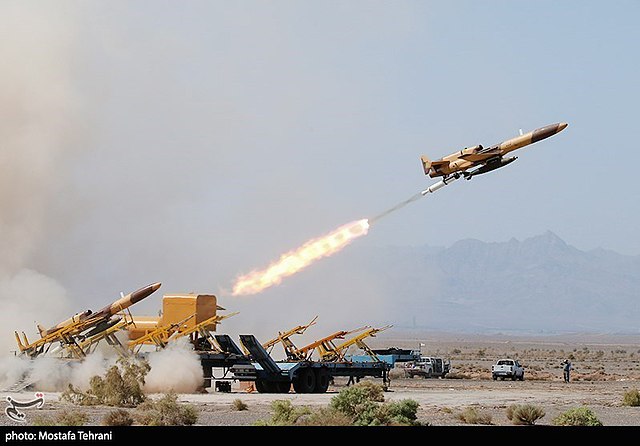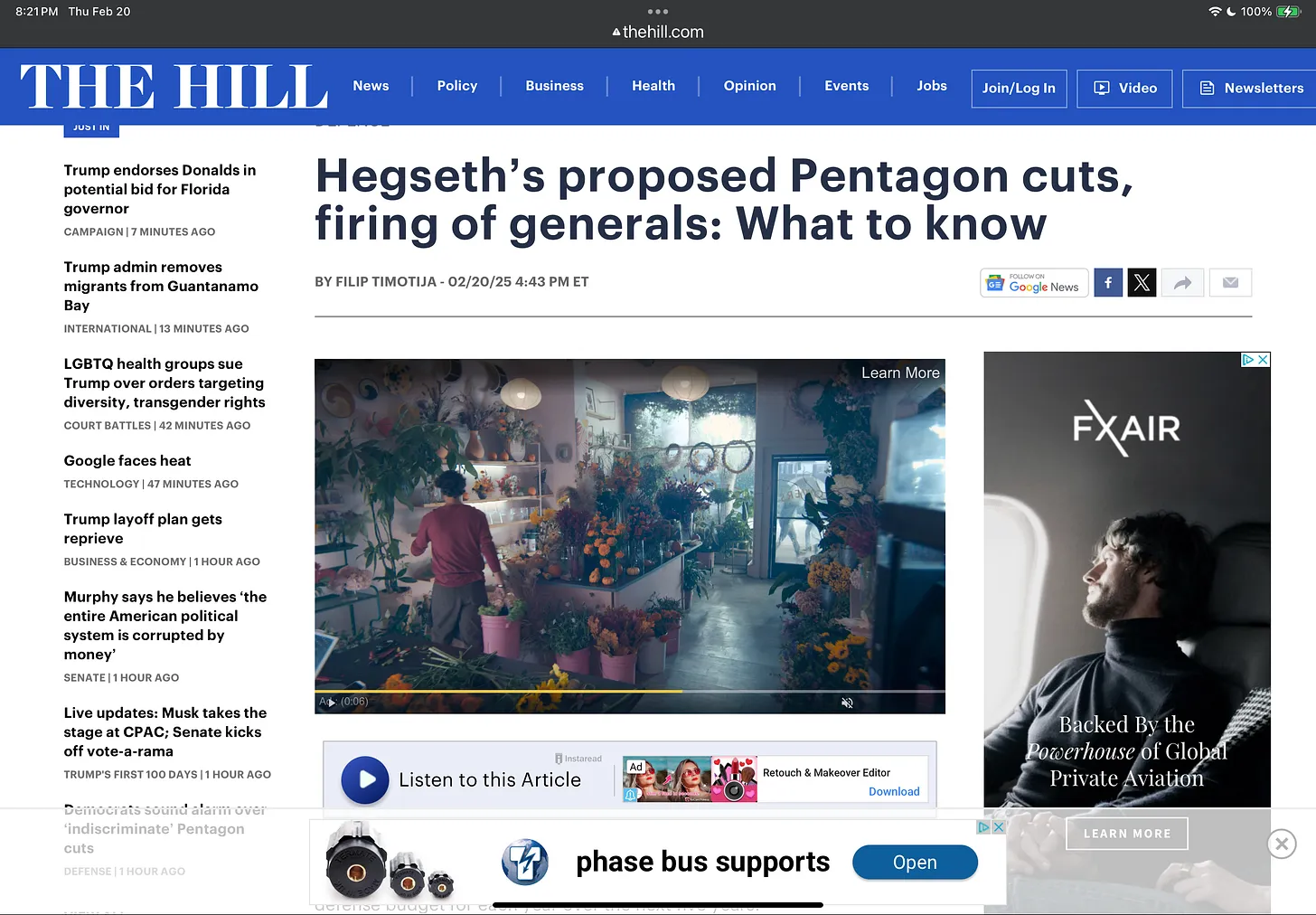
In 2011 I wrote a master’s thesis titled “The Children of Aphrodite” where I emphasized America’s lack of readiness to manage the threat posed by drones to our own forces and our homeland. It’s become an often-cited source document for further research in government agencies and private companies since then. Now we see the war in Ukraine taking a heavy turn toward drone use since the attack on the Kerch Bridge. This change also highlights the challenges to Russia’s logistics chains and their inability to maintain the more expensive aircraft. The Russians now destroy infrastructure across Ukraine using a variety of drones, including Kamikaze versions. The world should take note, as the advent and growth of drones mirrors the historical growth of aircraft capabilities and tactics in history. But what once took years and decades starting in World War I can happen in months and years today.
My thesis highlighted potential uses for drones in the future that have since become reality. I analyzed state actors like China, Iran, and Israel. I also highlighted non-state actors like Hezbollah in the Middle East and drug gangs on America’s Southern border. The key predictions I made in 2011 were:
- China, Iran, and Israel were focused on growing their drone forces and capabilities.
- China and Iran would seek drone technologies for their own use to inexpensively but effectively counter America’s systems.
- Israel’s conflicts ensured their need to outpace their adversaries in drone technologies and allow them to continue a persistent watch.
- Israel would also focus on counter drone technologies as their adversaries built their own offensive and reconnaissance drone systems.
- Non-State actors like drug gangs would find applications for drones, such as smuggling drugs and people, and targeting their own adversaries. They would also collect the intelligence they need to maintain their stranglehold on the narco-state of Northern Mexico and America’s Southern boundary.
It’s clear to all watching the conflict in Ukraine and the narco wars along America's Southern border that drones are fulfilling these predictions. Iran supplying Russia with drones demonstrates Iran’s continuing ties to Russia while exposing Russia’s own logistics challenges. Israel recently targeted drone assembly facilities in Syria. Syria’s parts, manufactured in Iran, are a clear display of the expected proliferation of not only the completed systems but the supply chain supporting them. China is using drones to agitate and collect intelligence against Taiwan. Lastly, their use by drug gangs is common, and sources in the Border Patrol admitted to me that they were not expecting how quickly the gangs would employ them.
The drone wars highlight that the minimal training and cost required to employ them means drone use will increase. A million-dollar tank can be destroyed by an $80,000 javelin after minimal training. A $25 million MIG-29 would buy 25,000 drones at $1,000 each. That same MIG-29 can also be destroyed by an inexpensive Stinger missile. Countries counting pennies while in conflict see the advantage of low cost, easy to procure systems. The math behind drones says we better get used to them in all future conflicts.
America’s military has improved our own drone systems significantly since I authored my thesis. But the U.S. is still plagued by considerable expense and bureaucracy behind how we procure our systems. While Russians successfully targeted vehicles, convoys, and structures using simple off the shelf quadcopters costing $750-$1000, Americans paid $10,000 for the Raven drone, not including their ground equipment and support costs. Also, by the time our systems are fielded, the technology is already old. America’s drone fleet is another victim of an antiquated procurement process.
America is not ready for conflict on a battlefield where drones are more common, versatile, and effective than tanks. We must consider that the total cost of the systems we are accustomed to employing combined with the speed of technological developments is driving them to extinction. We’ve improved our ability to counter the drones used by other nations, but we must learn the lessons coming out of Ukraine and our own Southern border. There are companies developing technologies and techniques to win the drone wars. But we are hindered by our slow-moving government acquisitions process. We must change to make sure the speed of the developments in drones is at least matched and then exceeded by our ability counter drones from other nations.
The conflict in Ukraine is a window to the future, we better see it clearly.
1 https://www.hsdl.org/?view&did=697903
3 https://www.washingtonpost.com/national-security/2022/08/29/iran-drones-russia-ukraine-war/
5 https://www.nytimes.com/2022/09/10/world/asia/china-taiwan-drones.html
Lt. Col. (Ret.) Darin Gaub is an Army veteran, Blackhawk helicopter pilot and former Air Assault Battalion Commander, international military strategist, and Co-founder/Executive Director of Restore Liberty. Col. Gaub spent 28 years in military service, with 7 years in command, and three years training military forces for combat, including “hybrid warfare” environments. He helped to build contingency plans for the unique characteristics of a conflict in Eastern Europe based on lessons from Russian operations in Georgia and Syria. He completed four deployments to Afghanistan, as well as South Korea, Eastern Europe, and North Africa.
























